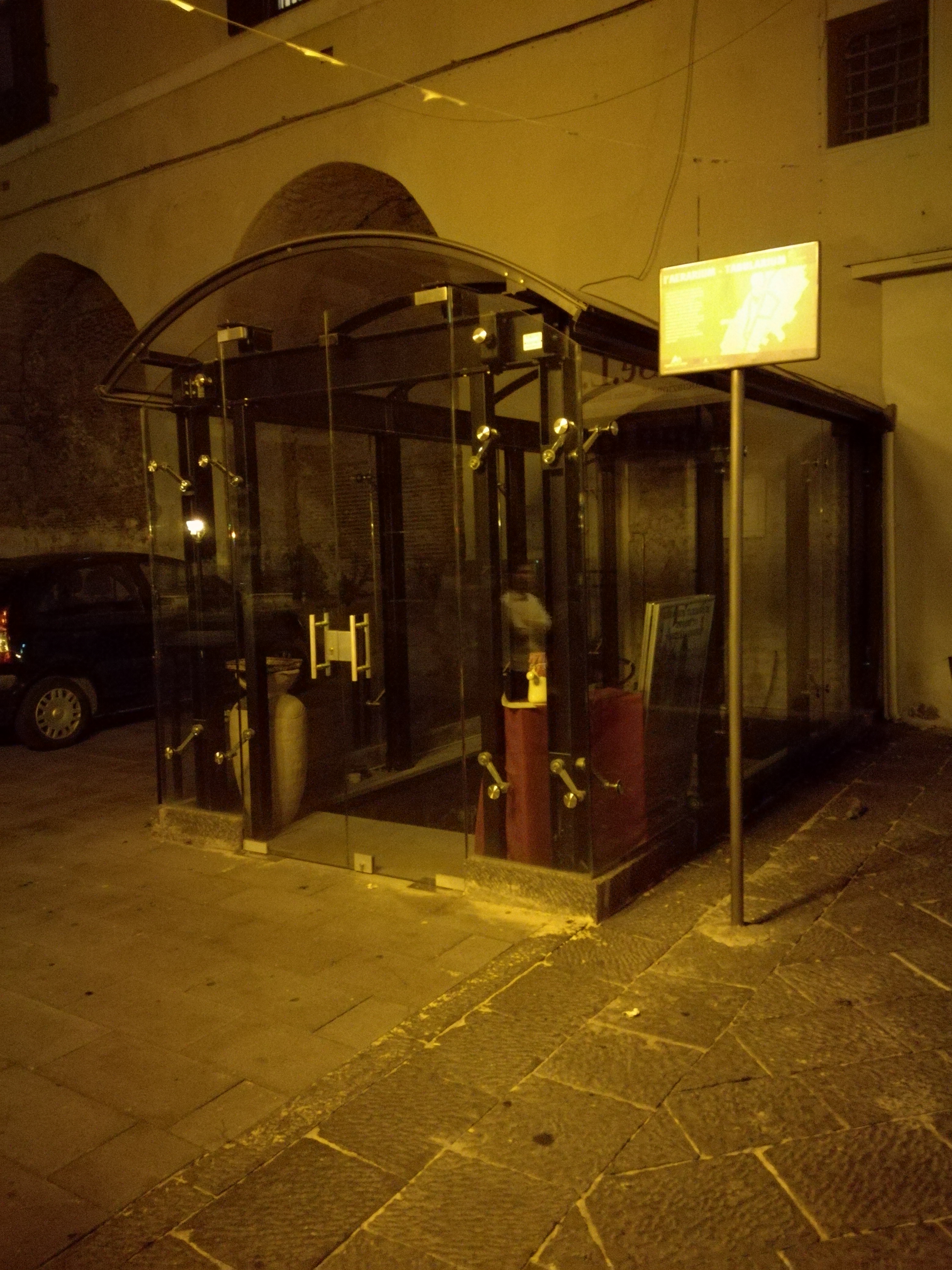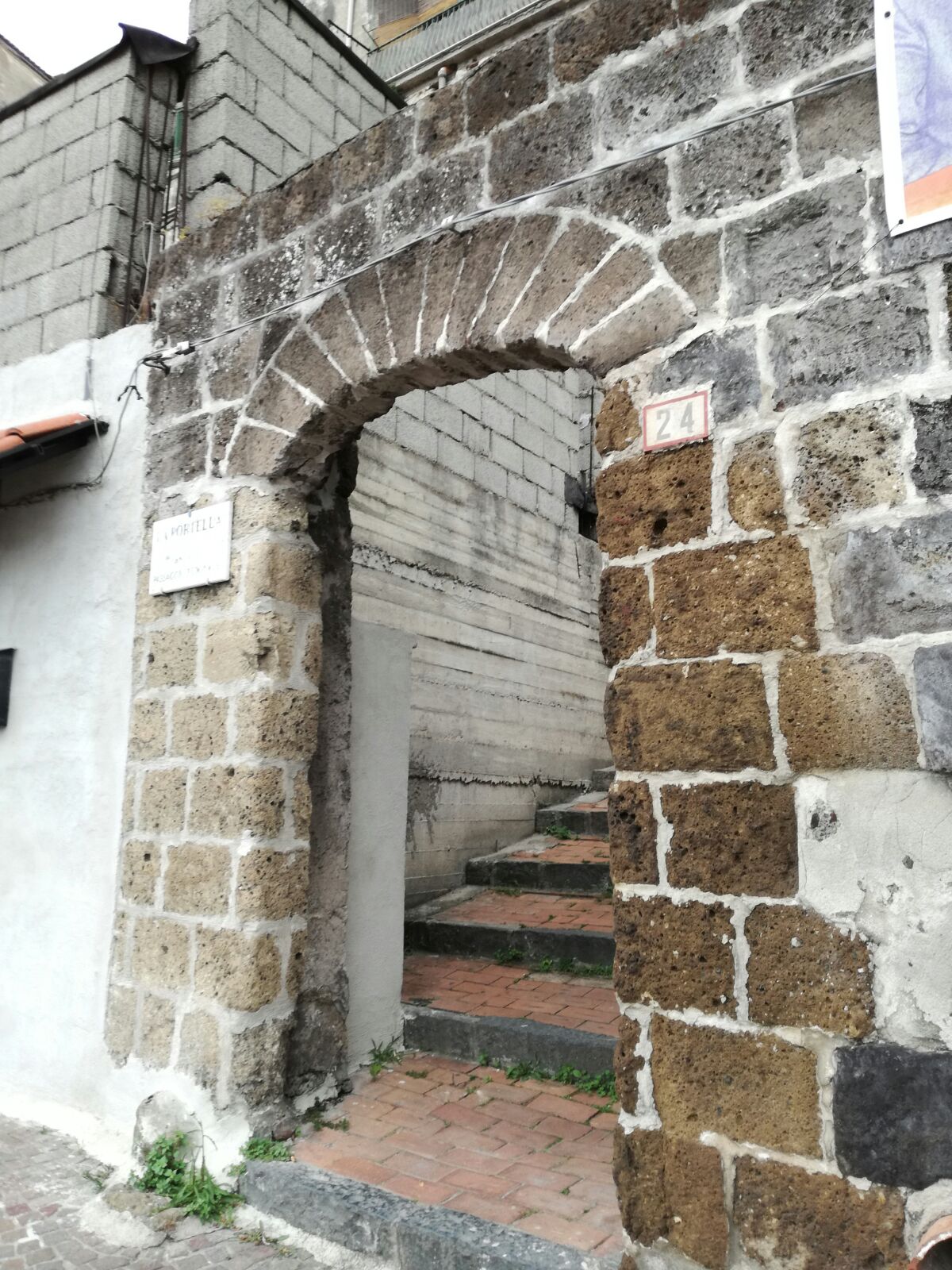|
Coinage Of Suessa
The coinage of Suessa concerns coins minted in Sessa Aurunca, Suessa, a city in ancient Campania (today's Sessa Aurunca) inhabited by the Aurunci, an Ancient italic people, ancient Italic population. The city minted coins in the period between 268 B.C. and the Second Punic War. The coins of Suessa are part of those issued by Colonia (Roman), colonies and allies of Rome in an area centered around ancient Campania; after the Second Punic War Suessa, like most of the centers of Roman Italy, no longer minted its own coins and adopted Roman coinage, centered on the denarius. Numismatists traditionally treat Suessan coins as part of Ancient Greek coinage, Greek coinage. Cataloging No text specifically concerning the coinage of Suessa has been published. The work with the most extensive coverage is the one published by Arthur Sambon, a French scholar, entitled ''Les monnaies antiques de l'Italie'', published in Paris in 1903. The book covers, despite its title, only part of ancient I ... [...More Info...] [...Related Items...] OR: [Wikipedia] [Google] [Baidu] |
Sessa Aurunca
Sessa Aurunca is a town and ''comune'' in the province of Caserta, Campania, southern Italy. It is located on the south west slope of the extinct volcano of Roccamonfina, by rail west north west of Caserta and east of Formia. It is situated on the site of ancient Suessa Aurunca, near the river Garigliano. The hill on which Sessa lies is a mass of volcanic tuff. Toponym The name Sessa comes from '' Colonia Julia Felix Classica Suessa'', a city belonging to the ancient Auruncan Pentapolis, which is the historic core of the downtown. It is assumed that the name can be derived from the happy location ("sessio", that is, seat, gentle hill from the mild climate of the local territory). History The ancient chief town of the Aurunci, Suessa is sometimes identified with a site at over above the level of the sea, on the narrow south-western edge of the extinct crater of Roccamonfina. Here some remains of Cyclopean masonry exist; but the area enclosed, about , is too small for anythin ... [...More Info...] [...Related Items...] OR: [Wikipedia] [Google] [Baidu] |

